State of Urgency
This theme represents my early work - first as a politically active student at Wits University, and then when studying in Boston, where I was actively involved in the anti-apartheid movement. Working with Fund for a Free South Africa (FREESA, the representative ANC body in exile), we distributed the photographic work of the Afrapix collective, smuggled out of South Africa. We disseminated photographic exhibitions and video screenings to many campuses active in the South African divestment movement. I used my artwork for posters, books, and mobile murals, and saw my role as a visual activist. By incorporating documentary content into my work, I was seen as a maverick at the time - particularly as a white South African Masters student at the Museum School of Fine Art in Boston which, in the spirit of Clement Greenberg, championed the preferred visual language of Abstract Expressionism. I called my Masters show State of Emergency. These works, exhibited as screens in 1988, are included in the Constitutional Court collection.
I returned home after seven years in Boston, and worked as a field officer, travelling across the country. After a while, I came to understand my role to be in the tradition of Goya, Kollwitz, and the German Expressionists, whose work had a political imperative to inform and protest, and I shifted my art practice approach by introducing colour for the first time. The works from this exhibition’s State of Urgency theme include my series from the 90s, where I intended to rediscover the ordinary through artists books created during a succession of fieldtrips.
After the damage of apartheid oppression, the discovering and building of democracy in those early days took on an ‘urgency of now’. The activist academic Marshall Ganz (2009) refers to the “story of now” as urgent, an urgency based on threat or on opportunity. He understands this as “within the story of self and us and poses a challenge to those values”. Here, the State of Urgency works encompass the period of the 80s and 90s, which presented then the vision of South Africa as it would be should we fail to act. The ‘urgency of now’, 30 years later, is revisited through our failure to act, and those failures are shown as the ghosts of the past revisiting the present.

Freedom Now, 1981, Photo -etching


Nothing Lasts, 1981, photo etching

Remembering Neil Agget, 1981, photo etching
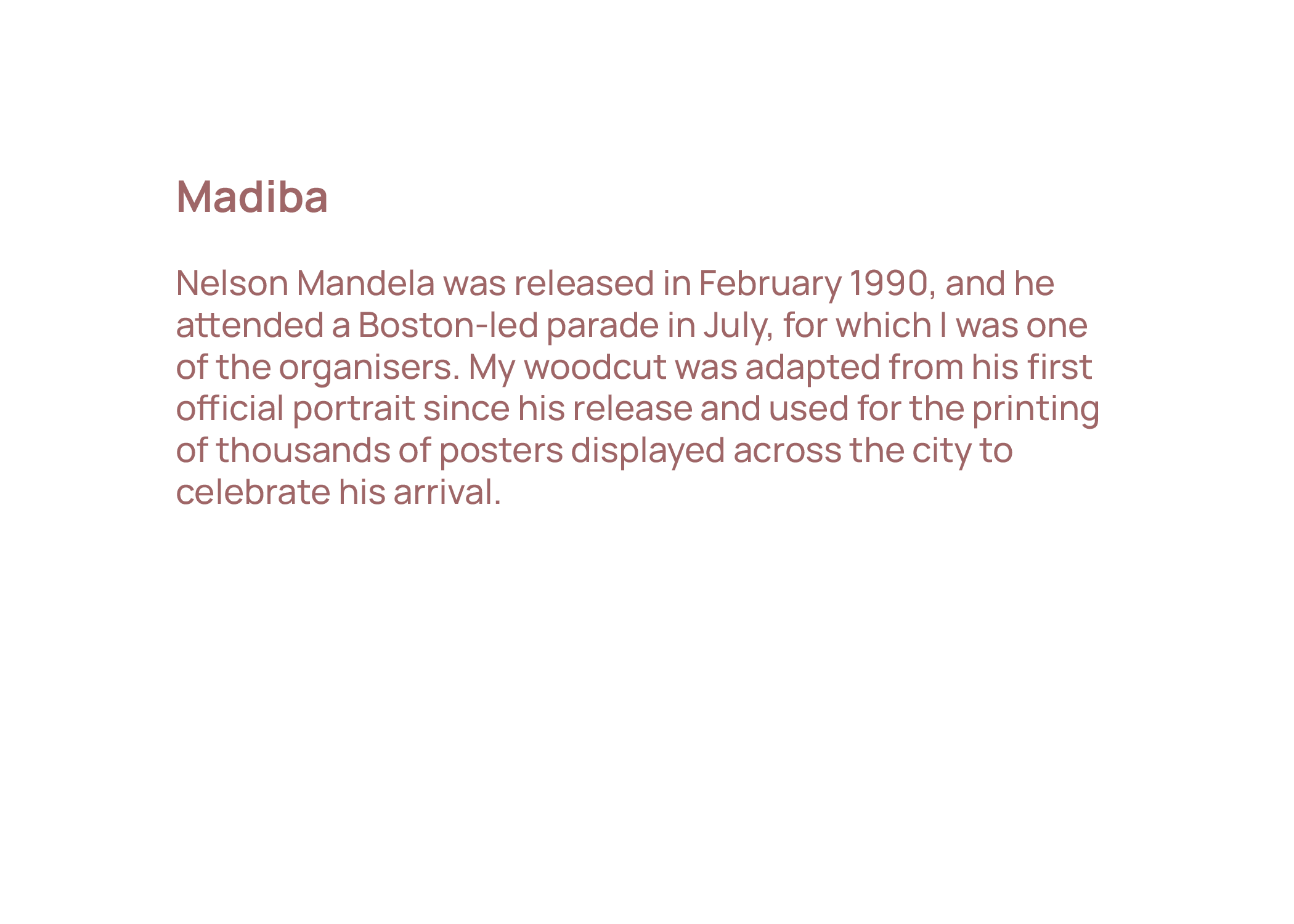

The FreeSA poster made from my woodcut, July 1990

(detail of woodcut)

A mezzotint print I made, referencing Mandela’s first official portrait after his release.


Panels from Alex under siege, 1988, Monotypes (referencing Afrapix photographs)
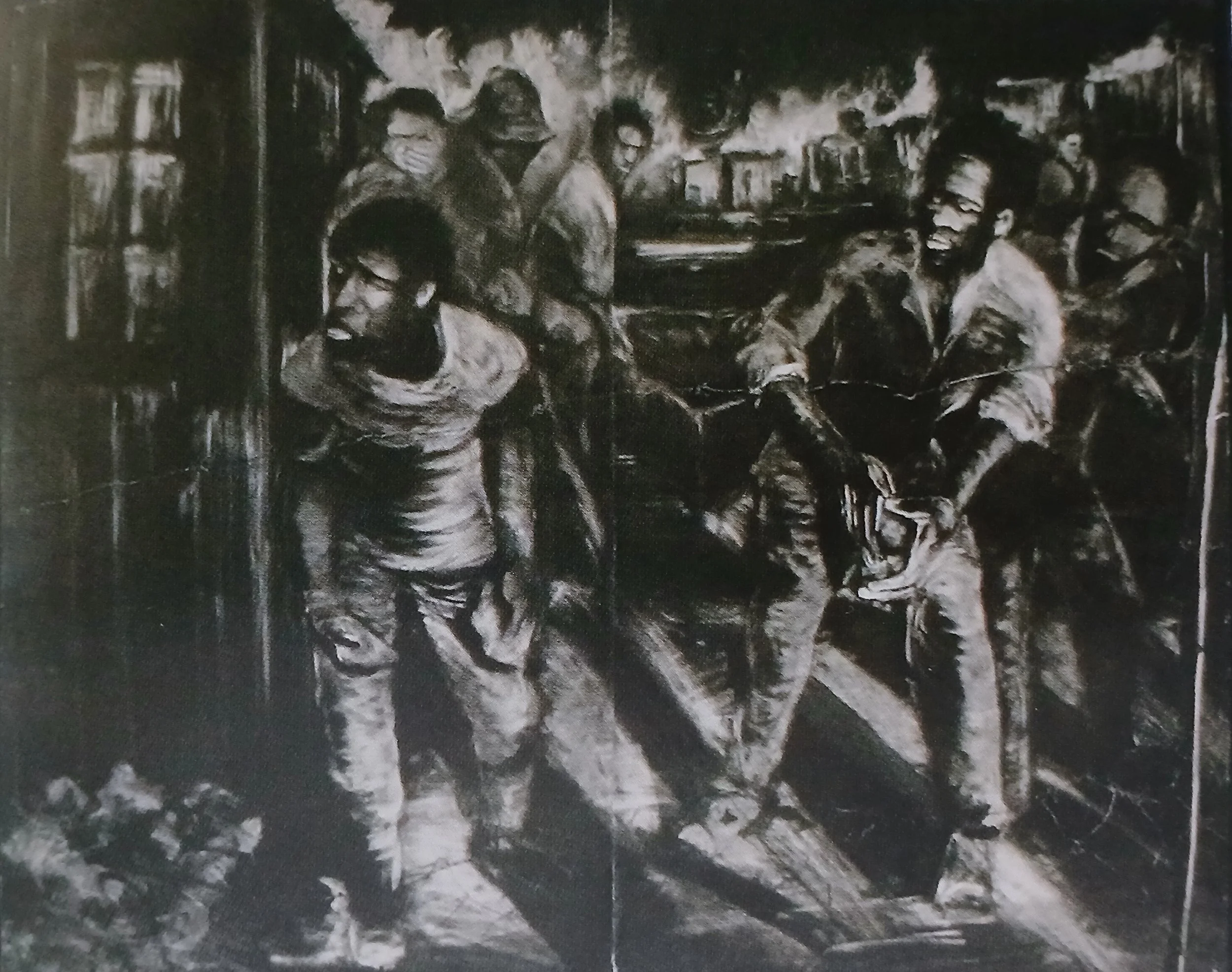
Panels from Alex under siege, 1988, Monotypes (referencing Afrapix photographs)

Panels from Alex under siege, 1988, Monotypes (referencing Afrapix photographs)
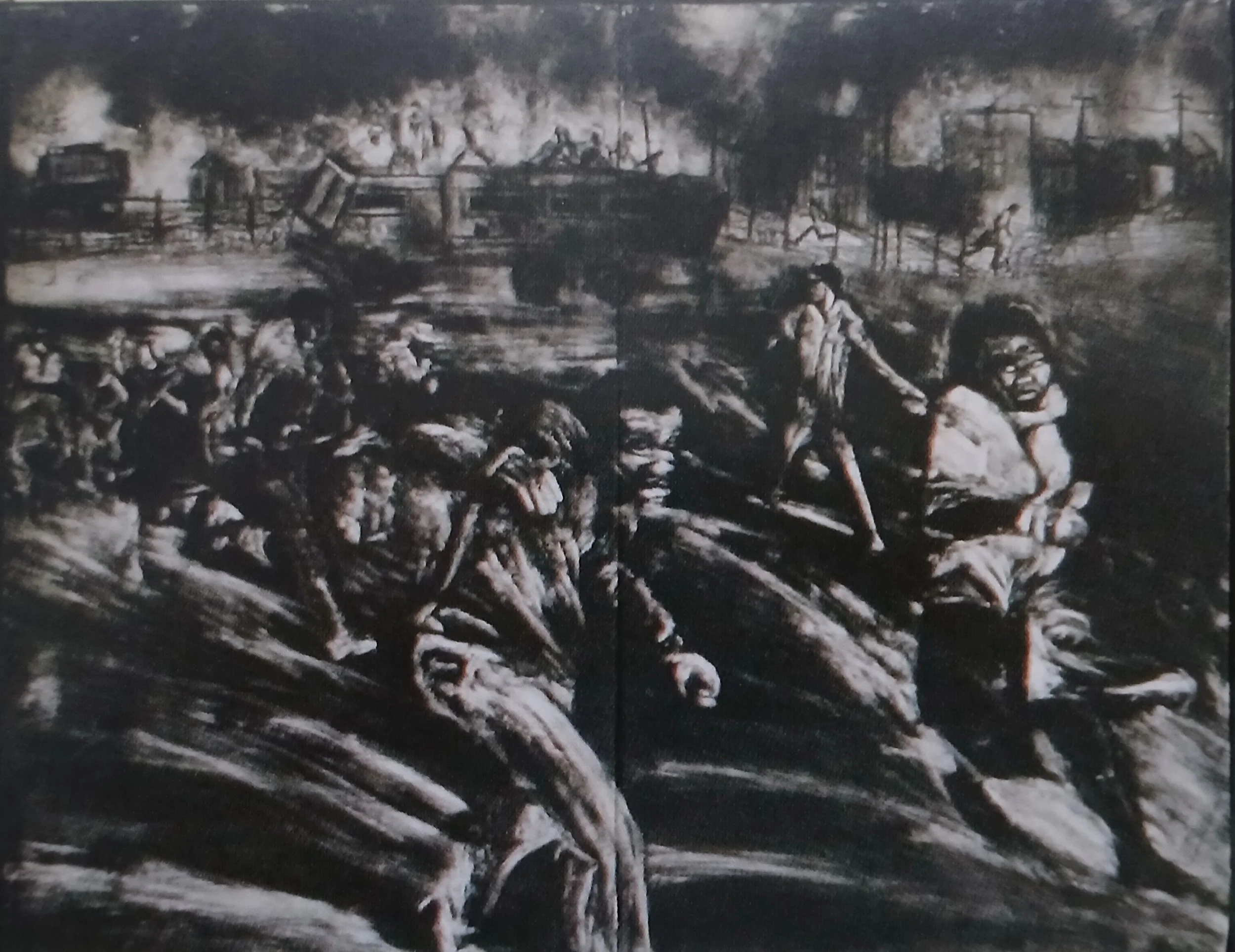
Panels from Alex under siege, 1988, Monotypes (referencing Afrapix photographs)

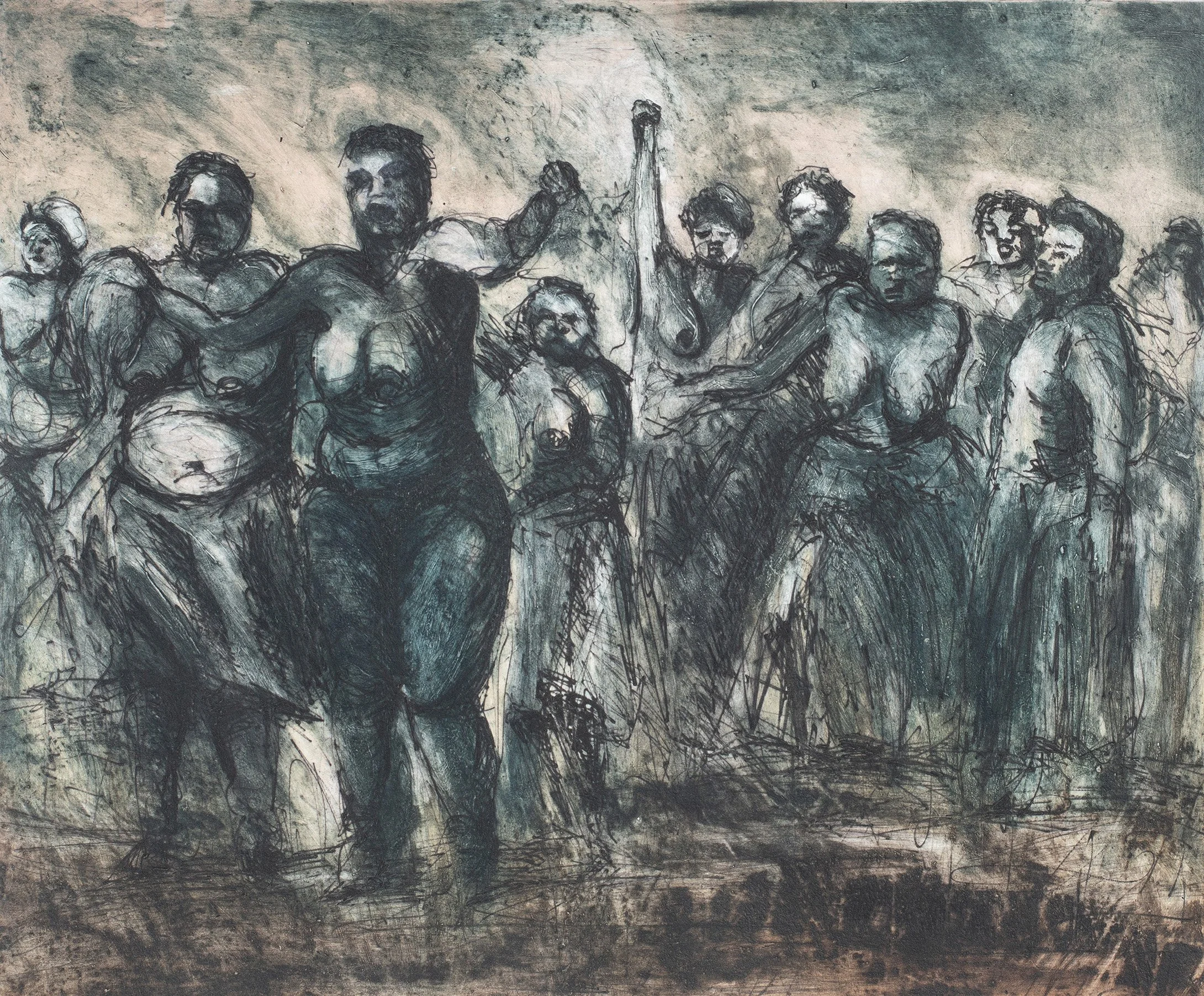
Wathintha ‘Bafazi!’ You Strike a Woman, You Strike a Rock series I 1990, Drypoint and carborundum

Wathintha ‘Bafazi!’ You Strike a Woman, You Strike a Rock series II 1990, Drypoint and carborundum
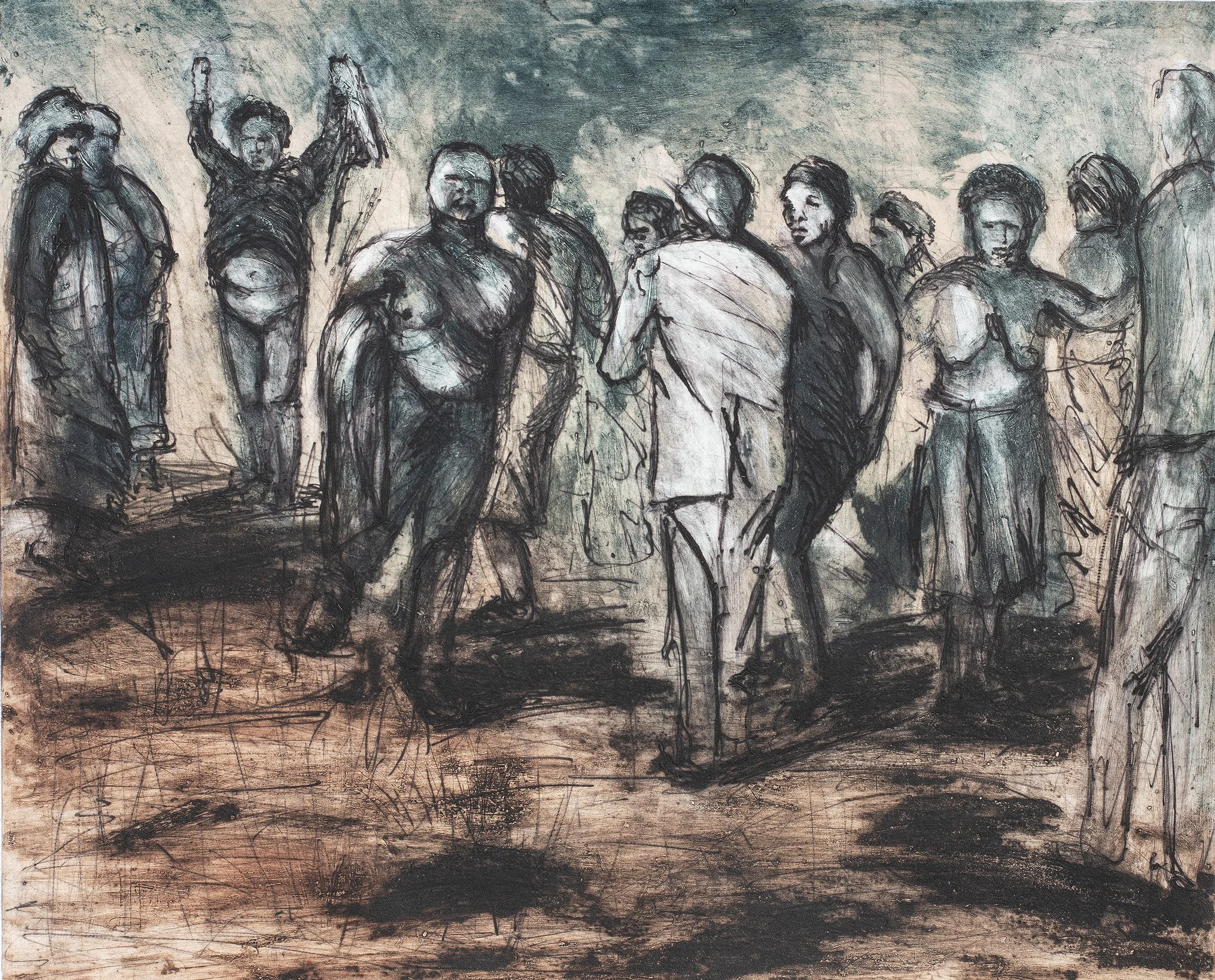
Wathintha ‘Bafazi!’ You Strike a Woman, You Strike a Rock series III 1990, Drypoint and carborundum

Wathintha ‘Bafazi!’ You Strike a Woman, You Strike a Rock series IV 1990, Drypoint and carborundum


Mabangalala series, 1, 1997, 6 x aquatint mezzotints, concertina-bound

Mabangalala series, 2, 1997, 6 x aquatint mezzotints, concertina-bound

Mabangalala series, 3, 1997, 6 x aquatint mezzotints, concertina-bound

Mabangalala series, 4, 1997, 6 x aquatint mezzotints, concertina-bound

Mabangalala series, 5, 1997, 6 x aquatint mezzotints, concertina-bound

Mabangalala series, 6, 1997, 6 x aquatint mezzotints, concertina-bound


Digging for Truth (diptych), 1999, Drypoint

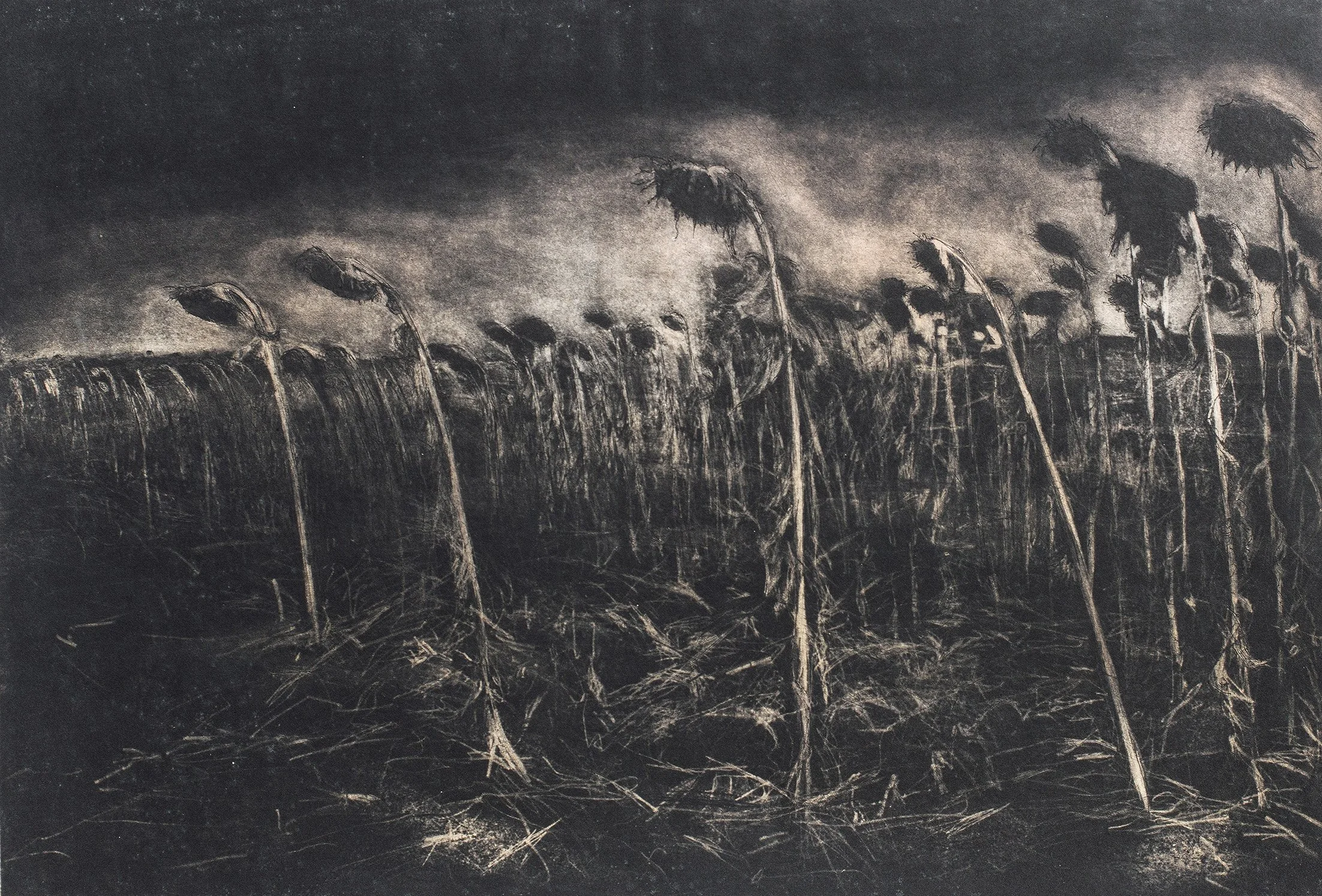
Mourners for Bev, 1997, Aquatint mezzotint
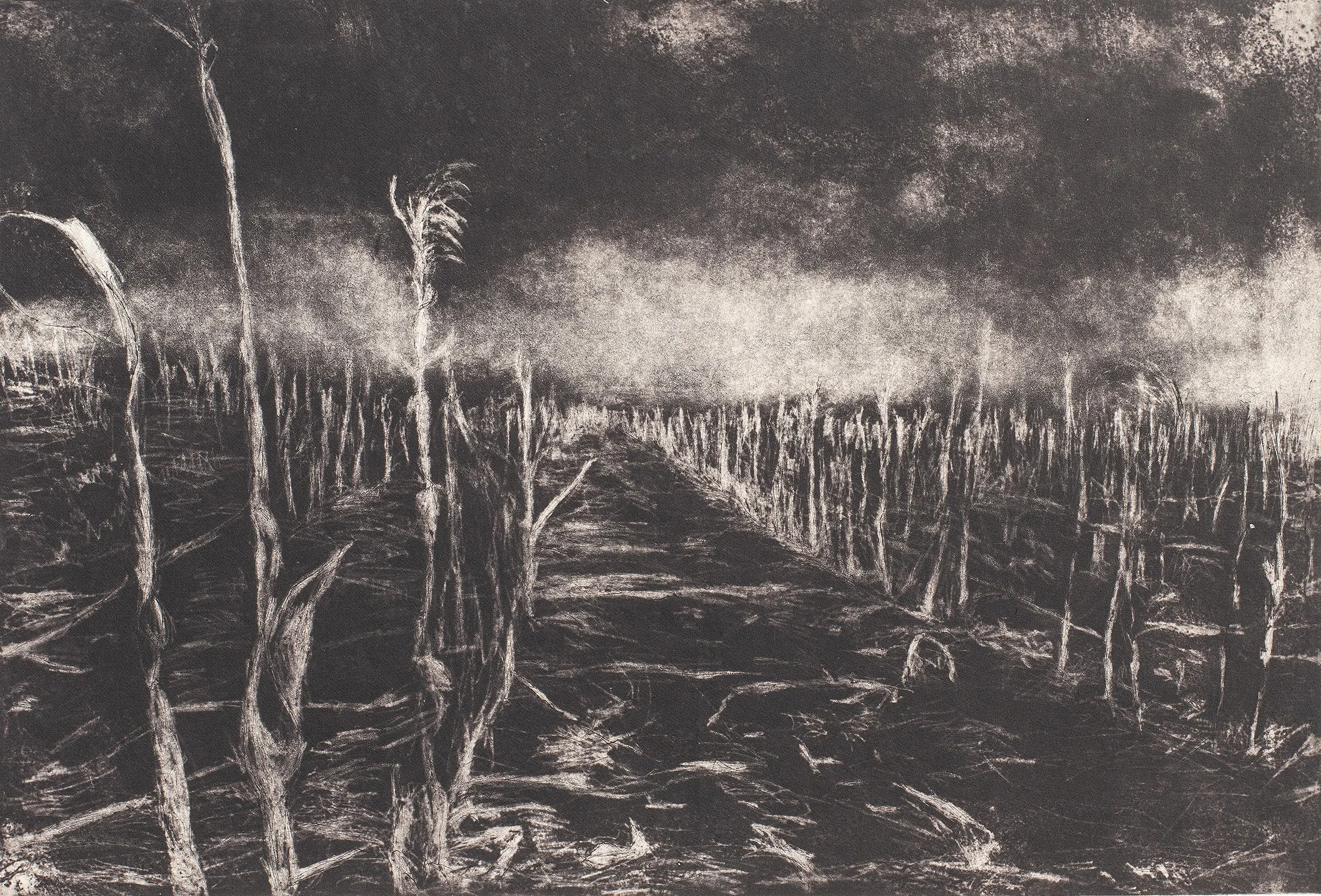
Land and Bones, 1999, Aquatint mezzotint

“What the hell does one do with this load of skeletons, shame, and ash …”, 1999, Aquatint mezzotint

Tutu, Truth and the Path to Reconciliation, 1999, Aquatint mezzotint

“What we have hoped for will never be …”, 1999, Aquatint mezzotint

Frontline, South Africa, 1984, Etching


The Women of Madibogopane, 1993, Page from the artist’s book

The Prayer of the Sunflowers, 1993, Page from the artist's book

Charcoal stumps near Ventersdorp, 1995, drypoint with surface rolls

Excavation and Reconstruction, 2002, etching monoprint

Panel 1 from the Fires of the Truth Commission, 2000, Monotypes, in the Art Collection of The Constitutional Court

Panel 2 from the Fires of the Truth Commission, 2000, Monotypes, in the Art Collection of The Constitutional Court

Panel 3 from the Fires of the Truth Commission, 2000, Monotypes, in the Art Collection of The Constitutional Court
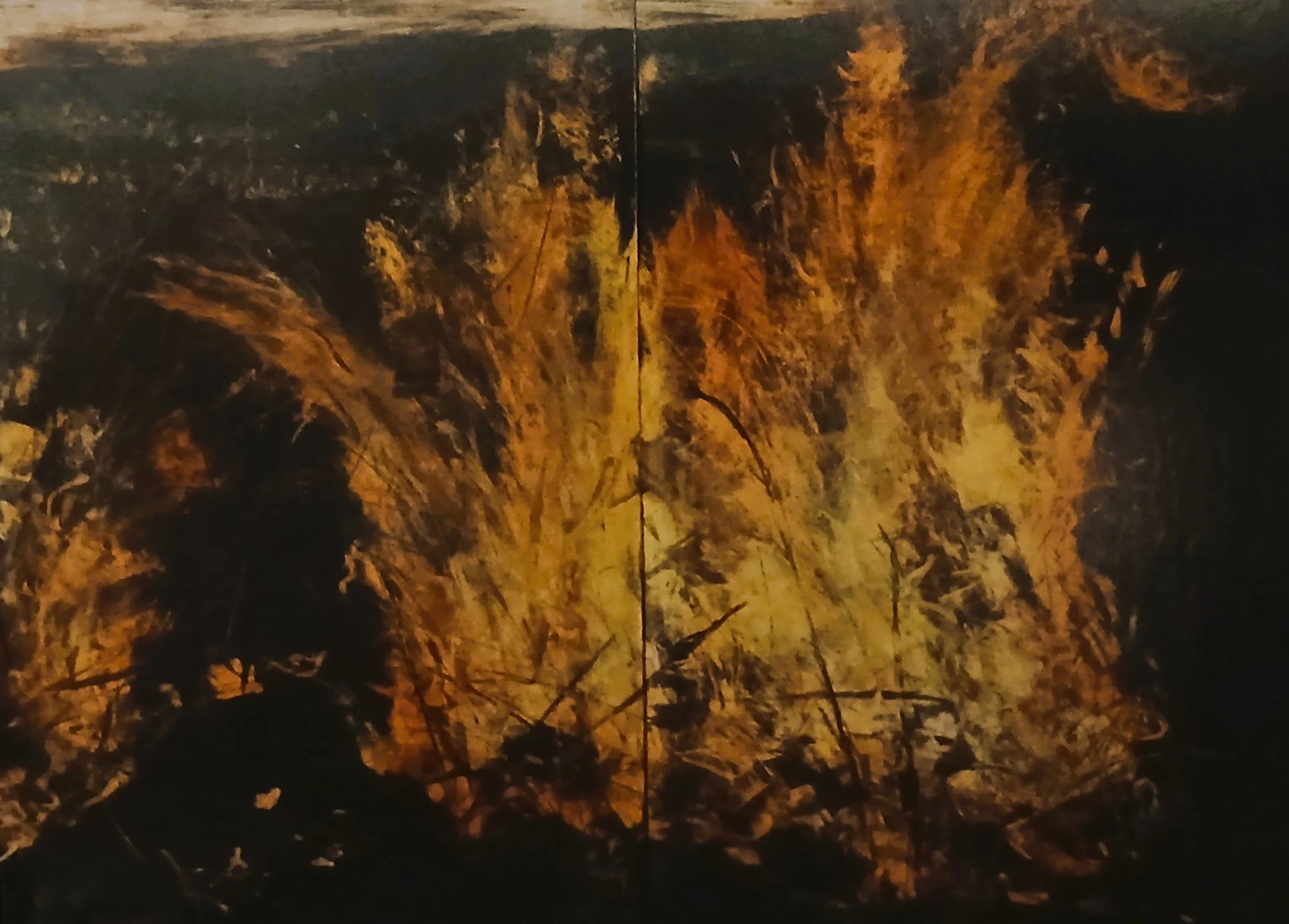
Panel 4 from the Fires of the Truth Commission, 2000, Monotypes, in the Art Collection of The Constitutional Court
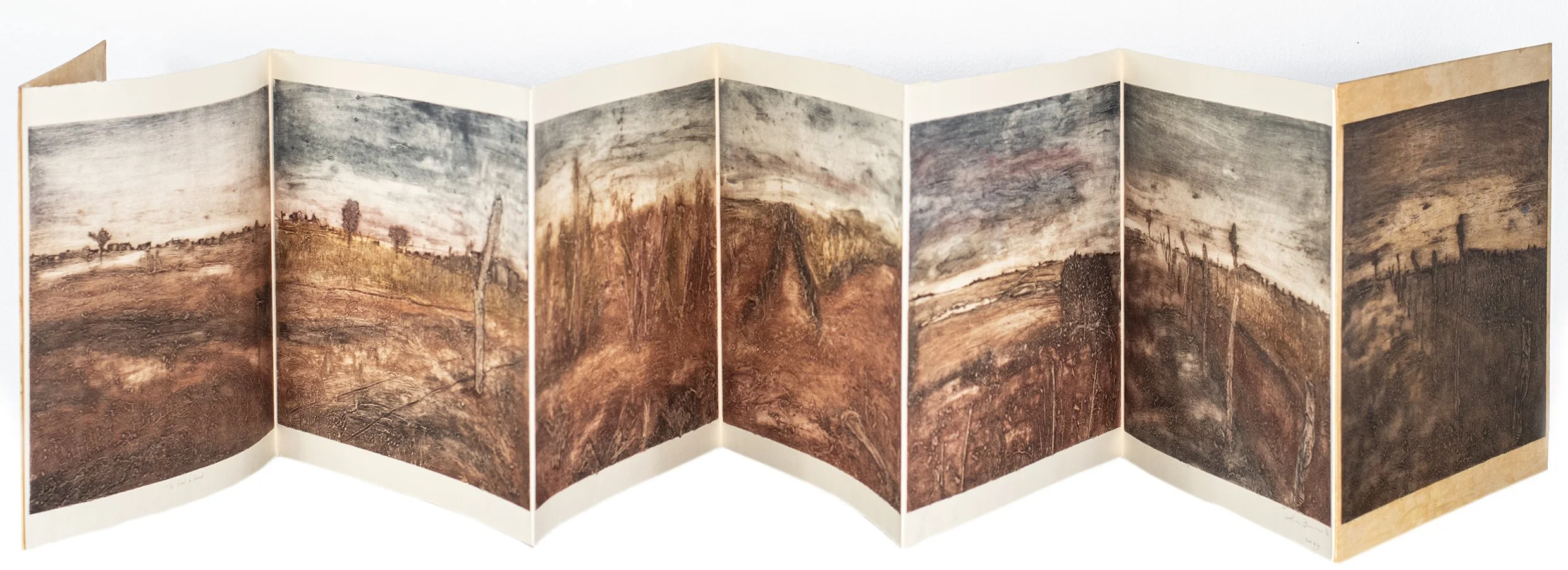
The Road to Huhudi, 1993, Artist’s book

The Road to Huhudi, 1993, Artist’s book
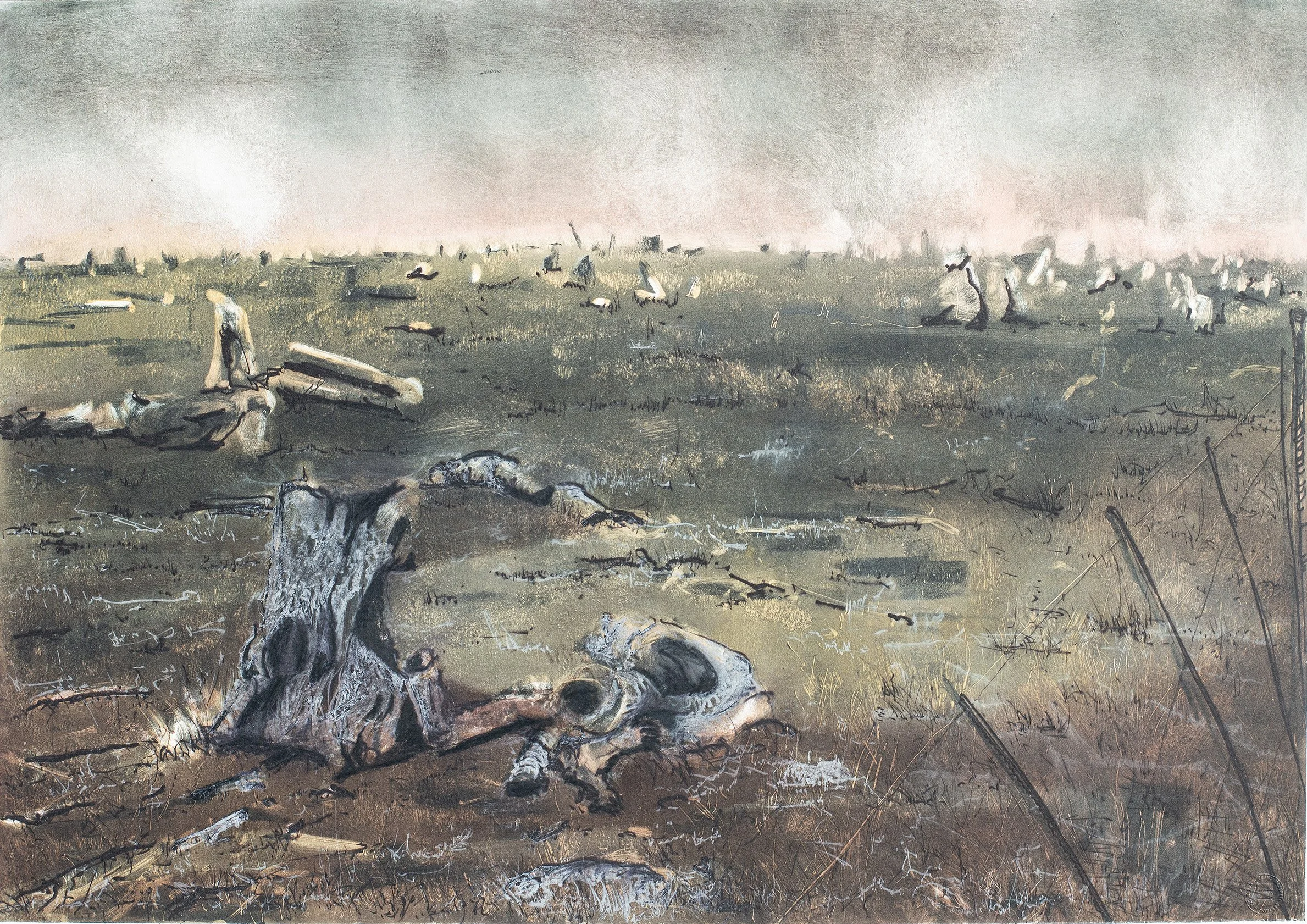
Unburied Dead I … Memorial Landscapes, 2001, Monotype
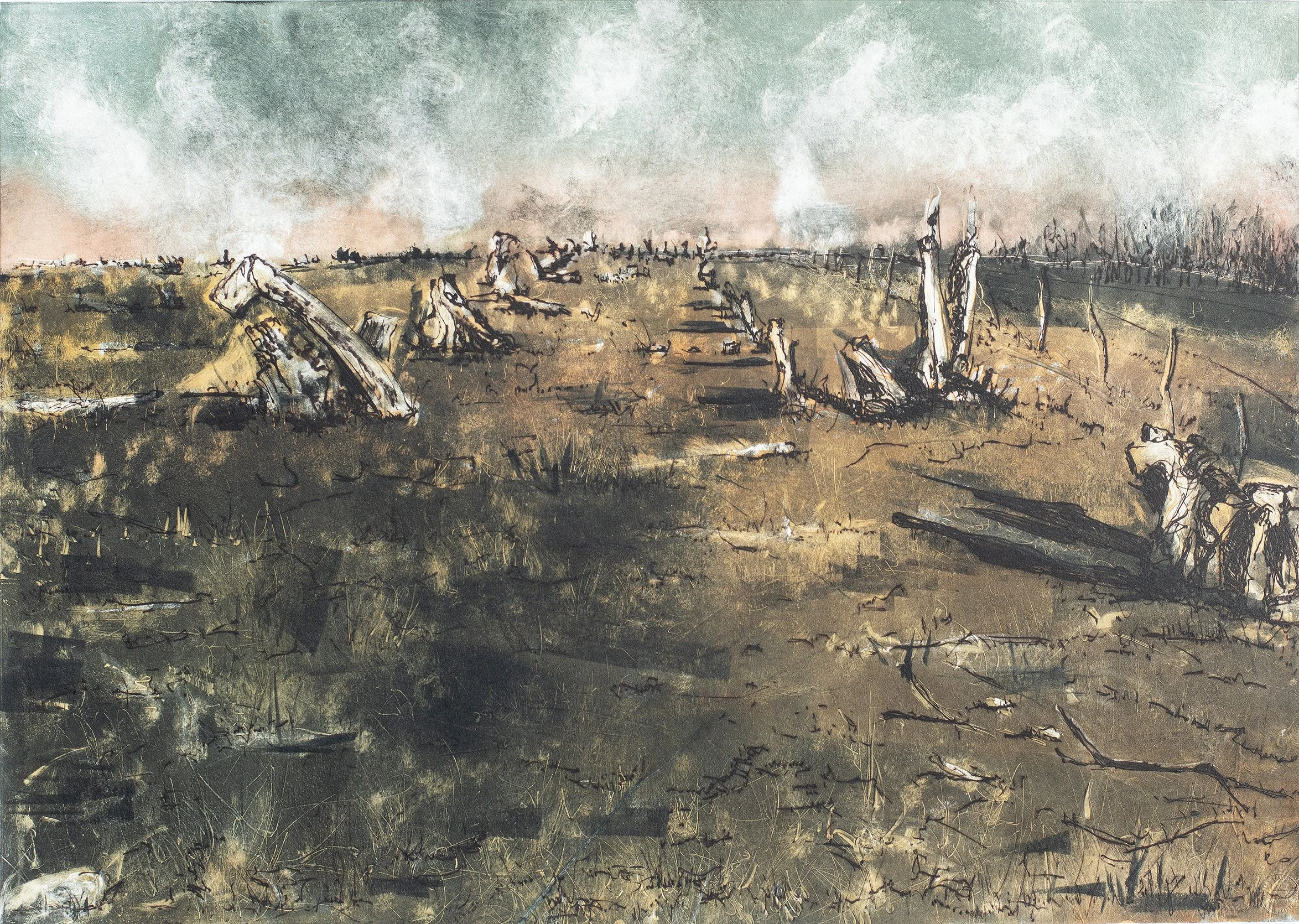
Unburied Dead II … Memorial Landscapes, 2001, Monotype

Frontline Southern Africa: Destructive Engagement, 1988, Artist’s book
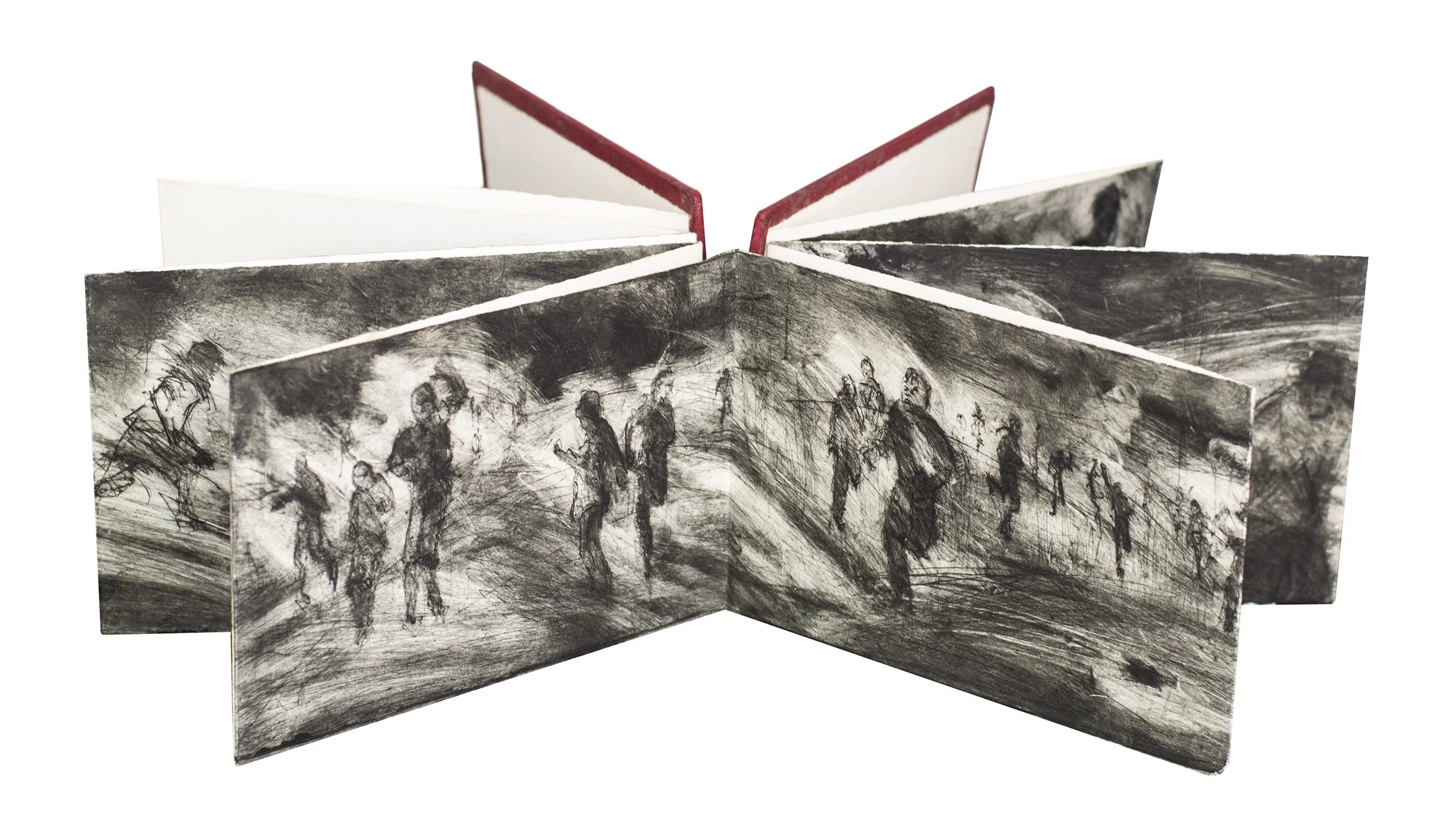
State of Emergency, 1986, Artist’s book of drypoints

Unnamed Heroes, 1990, Artist’s book of woodcuts